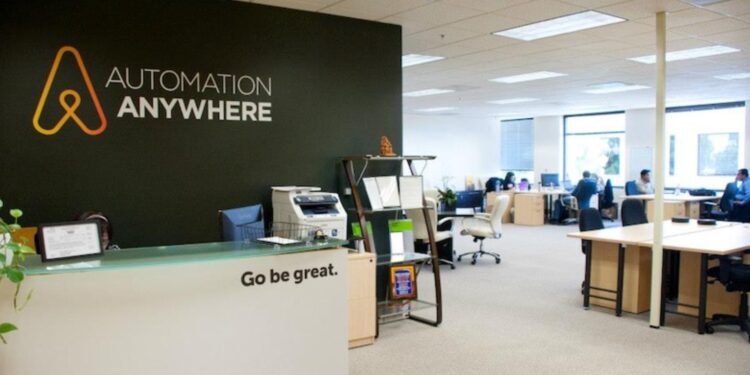The world’s first large-scale Industrial Large Language Model (LLM) is set to transform efficiency, reliability, and performance across a wide range of industrial applications.
This revolutionary AI developed with deep domain knowledge and trained on limitless datasets, has the potential to redefine the way manufacturing and heavy industries function.
4 This industrial LLM, which is developed by SymphonyAI, is integrated natively with current industrial systems and leverages a large data corpus of 2 billion tokens, 3 trillion data points, more than 500,000 machine tests and rich component and asset information.
While general-purpose LLMs exist, this applied LLM is trained to comprehend the nuance and complexity of industrial issues in areas from oil and gas to semiconductors, chemicals, and utilities.
Focus The focus of the Industrial LLM is the elimination of ubiquitous data silos inside organizations, thereby generating comprehensive insights and transparent explanations of important shopfloor tasks.
It provides advanced level decision-making, and accurate with confidence in handing manufacturing complexities in minutes rather than hours or days. This feature will immensely improve ease of operations, lower downtime and cut decision-making time.
Among other uses, the Industrial LLM can be used for improved predictive maintenance, optimized resource utilization and streamlining quality control. Leveraging sensor information, historical documentation and expert logs, the AI will be able to hypothesize about potential equipment failures, optimize energy consumption and monitor quality standards in real time. Real-time alerting and virtual training simulations with potential for enhanced worker safety are also viable applications.
Outside of the shop floor, the Industrial LLM is set to transform supply chain optimization, facilitating increasingly autonomous and transparent global supply chains. It will as well minimize waste and promote sustainability by maximizing the use of material and energy efficiency.
Although its adoption may cause a change in the pattern of work tasks, more on data analysis and human-AI collaboration, it is also expected to open up new opportunities in AI construction and AI use, letting the economy and industry navigate the complexities of the future era in more excellent manner.
















